Alvis Society, A Century of Drivers
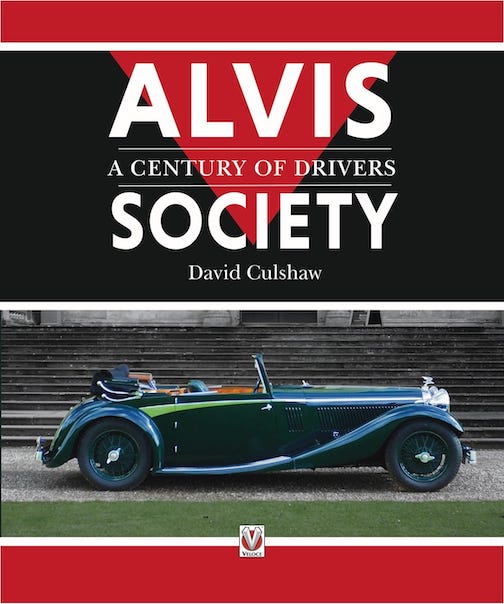 by David Culshaw
by David Culshaw
“At this point, another literary comparison comes to mind. All the above were ‘eminent Victorians,’ not perhaps in the same genre as those in Lytton Strachey’s 1918 biography of that name, but were certainly role-models with regards to engineering excellence and innovation. Apart from the aeronautical and military production (outside the scope of this volume), these pioneers have handed down to us an authentic record of some 21,250 motor cars that gave pleasure to the original buyers, the experience of which was redoubled whenever they changed hands.”
Why start with such an unusual quote? Because this is an unusual book—mainly numbers, not that the book title would have given you any clue—and those few pages from which the quote is lifted are about the only place in the book in which this author’s command of language has a place to shine. As Alvis enthusiast and now chairman (of the “continuation” company) Alan Stote so rightly observes in his Foreword, “[Culshaw] possesses a combination of two exceptional skills, his meticulous approach to research guarantees the facts are reliable with the added bonus that his work is always entertaining and engaging for the reader—a truly rare combination.” Hear, hear.
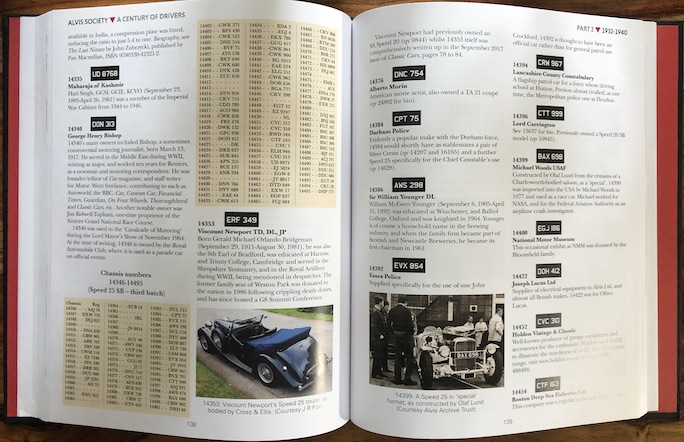
Alvises were popular with the police—because they were really good cars and priced right.
Alvis Car and Engineering Company Ltd was a British manufacturing company (1919–1967) and if you have British cars on the brain you forfeit all street cred if you admit to not having a well-thumbed copy of the famous Culshaw & Horrobin on the shelf, universal shorthand for that epic, indispensable, save-it-when-the-house-is burning Complete Catalogue of British Cars 1895–1975 by Culshaw and Peter Horrobin. If that level of research is what calibrates your expectations for this Alvis book, you will not be disappointed. Beautifully flowing language, not so much—because there is simply no place for narrative in a book of mainly lists and tables that account for each and every Alvis ever made . . . over 21,000!
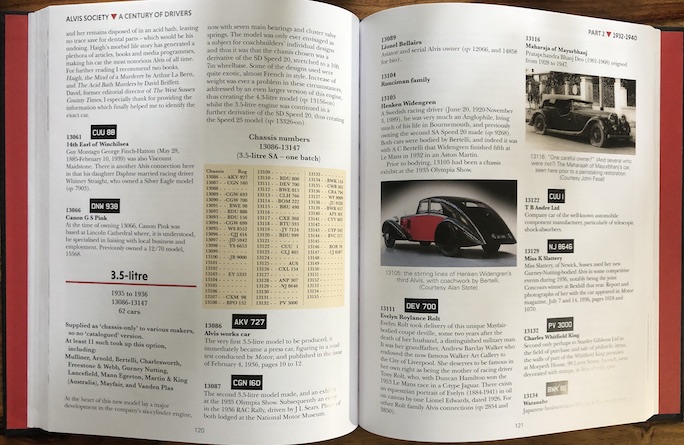
The lists also include output per coachbuilder. The red and black confection, for instance, is by Bertelli.
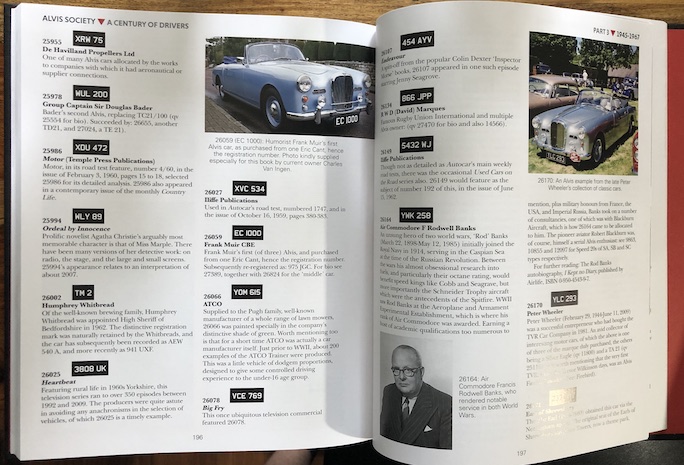
No question that for anyone not already in the Alvis camp a compendium such as this will make for tedious reading. But those who are, and especially those who aspire to a “modern” Alvis—some of which are actually built from new-old-stock—and have some catching up to do, this data set is a crucial resource.
This is the first time that we’ve had to make the point that reading the book jacket copy is absolutely essential to understanding what the book does, and why and how. Not a single word in the book proper addresses its concept. Read the last word of the introduction, turn the page, and without any preamble stumble into a page-long list of the 342 cars of the first series, followed by the briefest of summaries and then notes on select chassis. Repeat for the next 200-odd pages. Maybe you’ll want to fortify yourself by first turning to the Appendix, “Alvis Humour.”
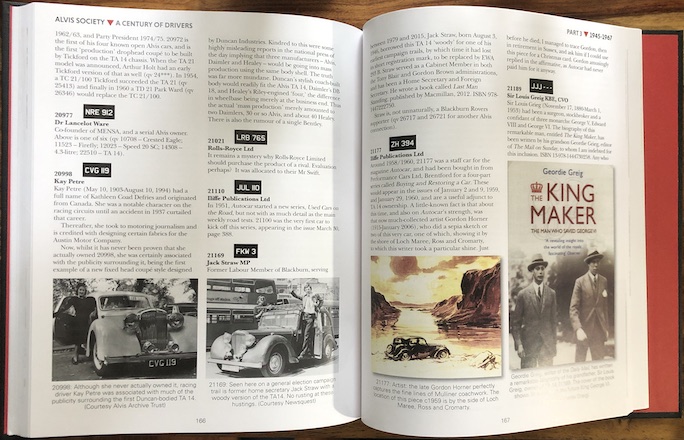
The book is very nicely illustrated, but this too has an unusual aspect insofar as the illustrations go far beyond what often are only mere snapshots of cars to include such ephemera as photos of famous owners or famous works (novels, movies or the like) of famous owners. But, again, it is the chassis lists and descriptions that are the meat of the book, and it is the first and only one in the Alvis domain. Non-UK readers may want to familiarize themselves with the function of registration numbers (license plate numbers in the US); since they remain with a car throughout its life and thus become a critical identification tool.
There is a good Index, but you’ll need good eyesight to read the microscopically small type! As to the aforementioned Culshaw & Horrobin, it is published since 1997 by this same publisher but these days only as an e-book. To have published both of these fine books is a credit to Veloce, now in their 30th year, and a service to the community.
Copyright 2022, Sabu Advani (speedreaders.info).


 RSS Feed - Comments
RSS Feed - Comments


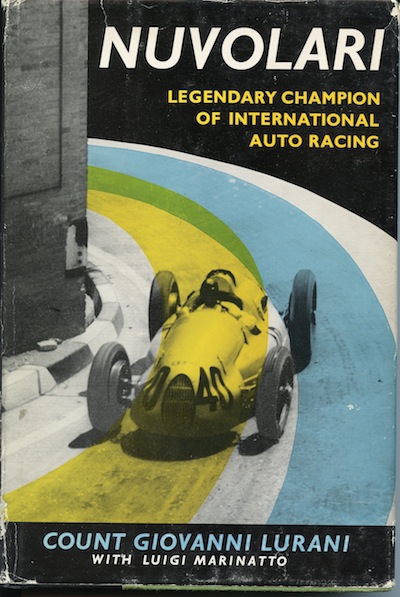

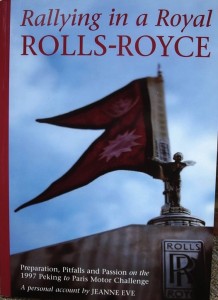
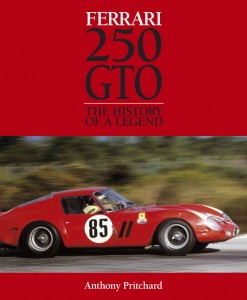
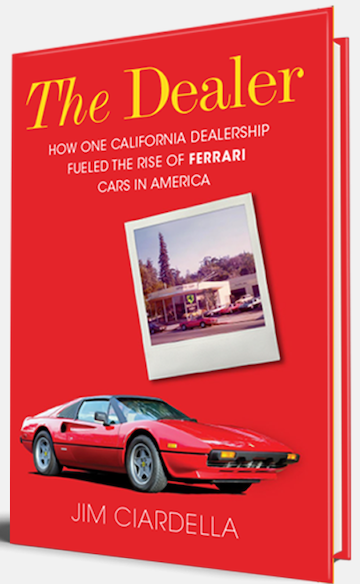
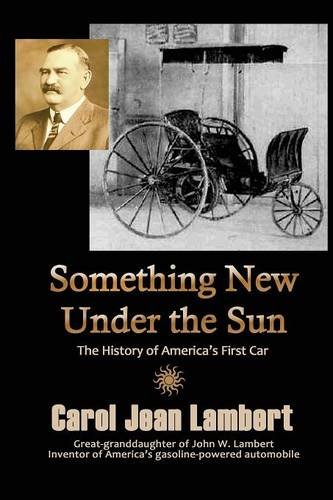


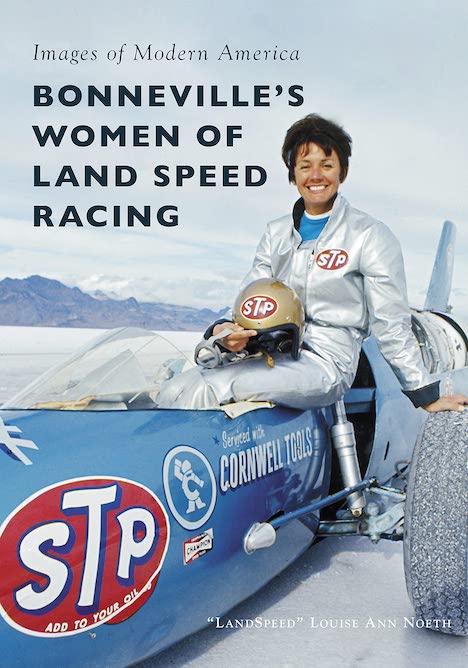

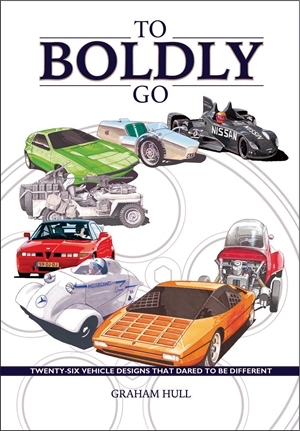
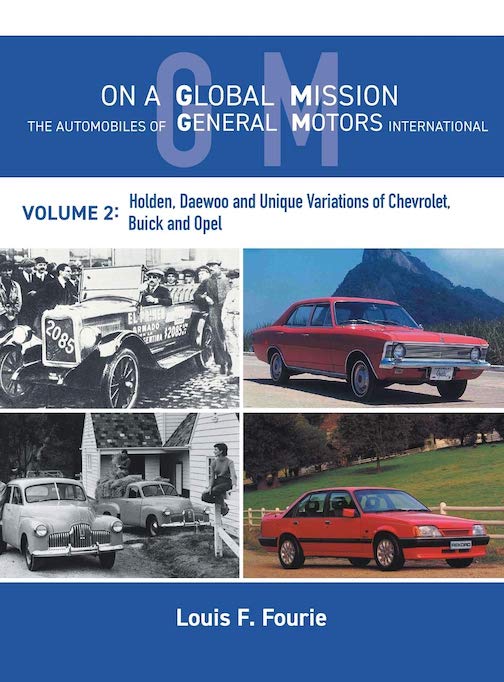



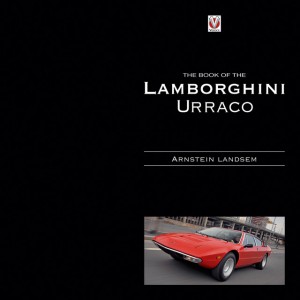
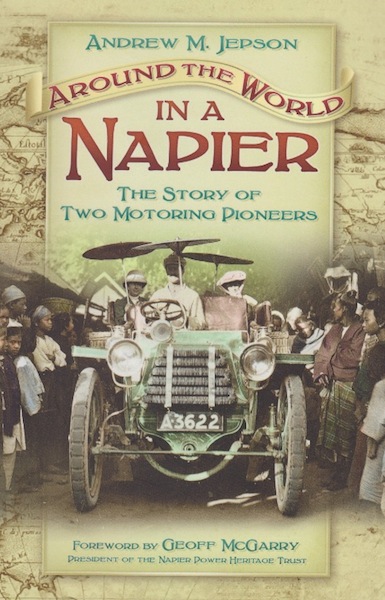
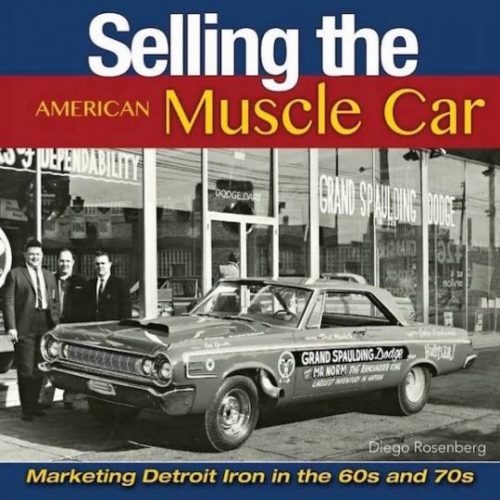
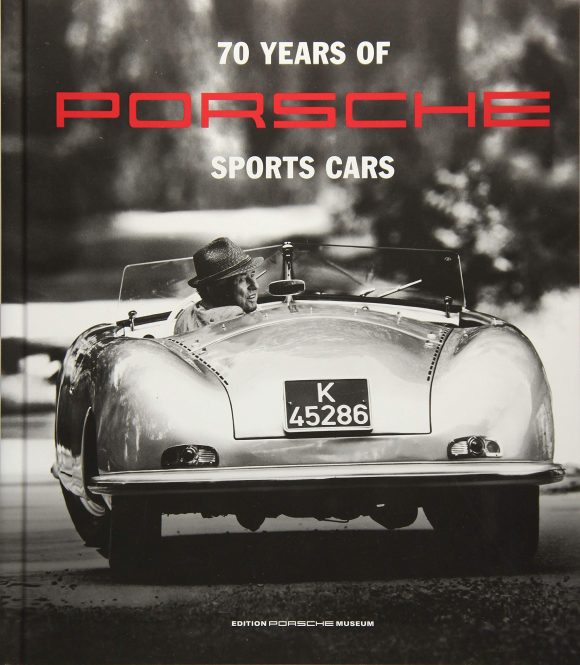
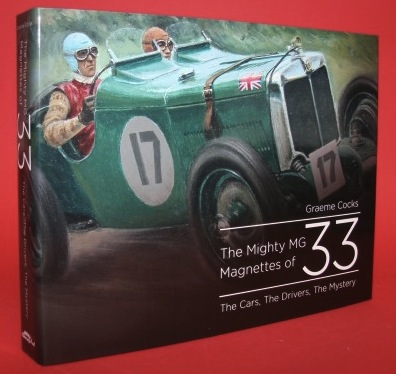





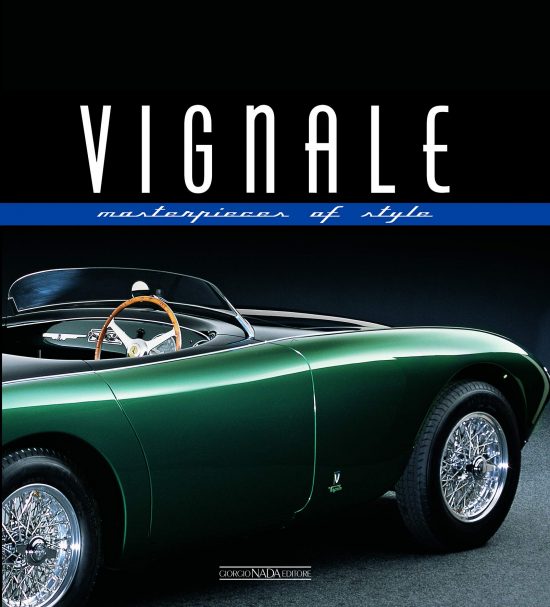




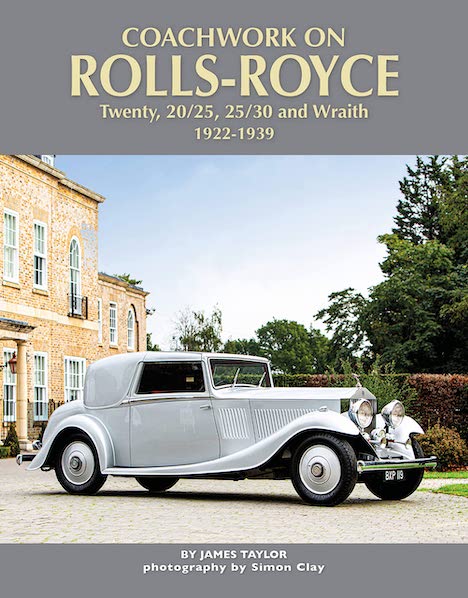


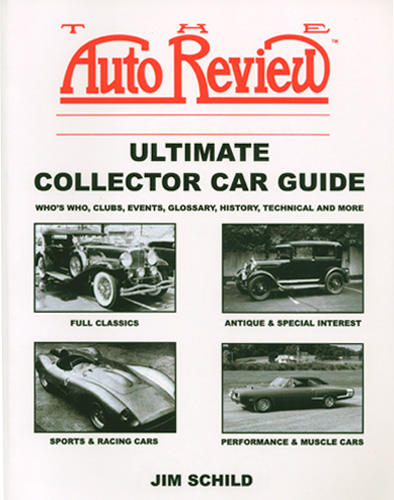






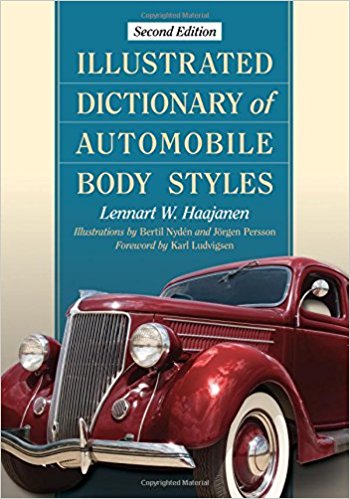




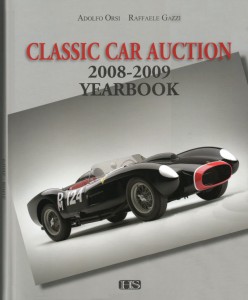









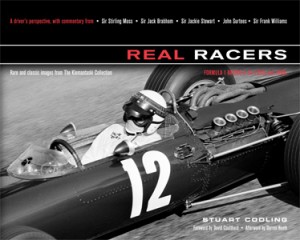
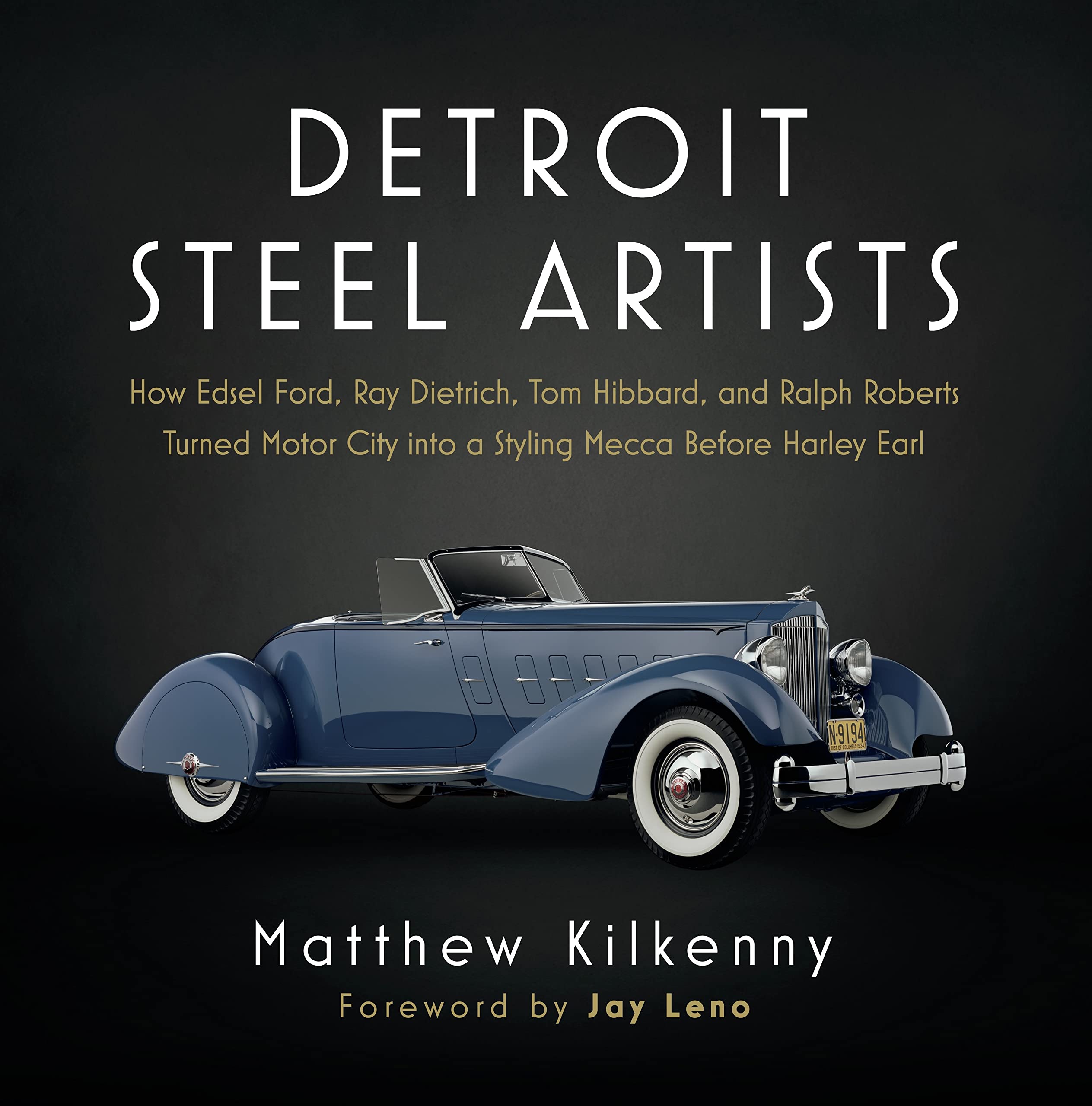

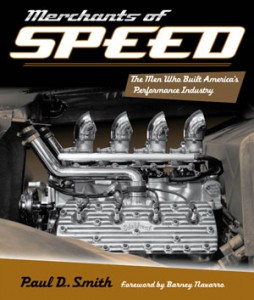



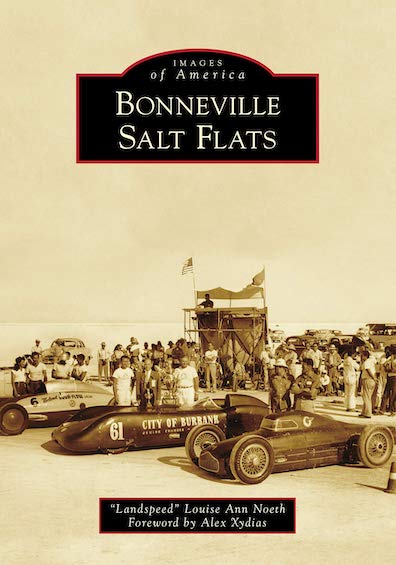





 Phone / Mail / Email
Phone / Mail / Email RSS Feed
RSS Feed Facebook
Facebook Twitter
Twitter